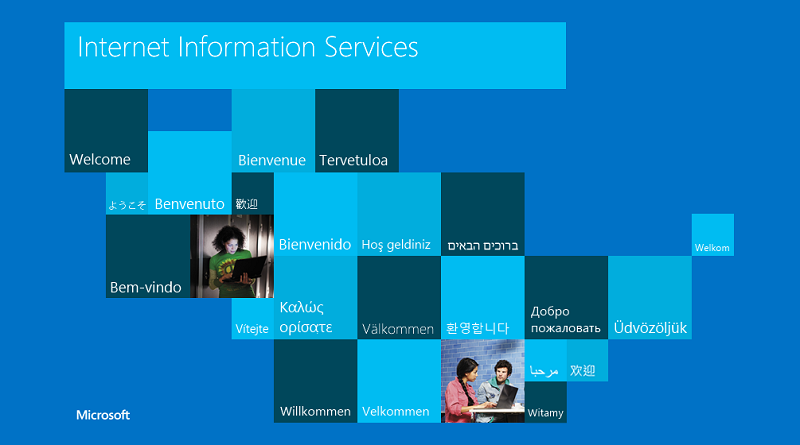Global usings in C# 10
One of the new features in .NET 6 is support for global using declarations. We can define using declarations as global and they work all over the project so we don’t have to define them in other files anymore. Here’s how it works.
Read more






